By Emma Knickelbine, Gathering Ground Intern 2021
In my last two blog posts, I have set before you some ecocritical theories that have had a huge impact on how I’ve thought about my work at Gathering Ground. Now, in my last post, I reflect on the internship by setting out another concept, one grounded in the past, present, and future of our interactions with the earth. This is the concept of haunted landscapes, and I believe it has the power to shift our conceptions of the environment, and our place in it, for the better.
The idea of haunted landscapes as I discuss them came from the 2017 collection entitled Arts of Living on a Damaged Planet, edited by Anna Tsing, Heather Swanson, Elaine Gan, and Nils Bubandt, and contributed to by many writers, scientists, and scholars. In the introduction to this collection, the editors acknowledge that, while looking at a landscape, we can often clearly see signs of past lives, both human and nonhuman. We can see where a tree was struck by lightning. We can trace the boundaries of old homesteads or fields. Being able to see these “multiple pasts” allows us to sense that each unique landscape is a collection of experience, essentially “haunted by past ways of life.” But, contrary to the traditional use of the word “haunting,” these vestiges of past lives can lead us to learning and understanding, and even a sense of how to right past wrongs.
Agricultural land is one of the best landscapes to put this new way of seeing into practice. As our internship supervisor, Russell, likes to say, the land we work on wants to be forest. But, when you step onto the grass at Gathering Ground, what you find is a place that once was forest, long ago, but has been transformed to serve other purposes. The vineyard and the various orchards occupy the same spaces that wild trees once did. When you walk the land at Gathering Ground, you can see the haunting of the long-ago forest – in the uneven ground, the pockmarked earth beneath the grasses where trees once grew, and even in the oak seedlings that pop up from time to time beneath the grape trellises. Although the land is no longer forest, we can see what it once was, and we’ve seen the maple-beech forests on the rest of the island, so we can envision what it might’ve looked like. And, while our efforts would turn a large part of it into an orchard, with chestnuts and fruit trees instead of the maple and beech, the land is certainly ready to host trees again. And our seedlings have been responding to this readiness with robust growth of their own.
However, there are additional hauntings at Gathering Ground, from the time when the vineyard was managed conventionally. Before it was Gathering Ground, the vineyard was sprayed with sevin, a chemical neurotoxin, to kill the rose chafer beetles that cause destruction of leaves and flowers throughout much of the island in the early summer. Now that Gathering Ground is attempting organic management, and no longer spraying sevin, the rose chafers come out in force each year, swarming the vineyard and eating to their heart’s content. Believe it or not, this explosion of their population is a ghost, a haunting of the time when the beetles were wiped out by chemicals. This is a common problem for growers transitioning from conventional to organic management – once a harsh chemical is removed, pest populations tend to run rampant. Why? Because the chemical previously wiped out all of the pests, the prey, thus causing predators and other controlling factors to vacate the premises in search of areas that have enough food to sustain them. A sprayed vineyard or field is a food desert for predators, parasites, and pest-controlling diseases. This means that the explosion of the rose chafer population in the vineyard is a direct ghost of the spraying of sevin, and it may take years to return the population to balance with the rest of the ecosystem’s community. Beginning organic management is a struggle to restore the agricultural ecosystem to balance, for the benefit of all life, human and nonhuman, who depend on it.
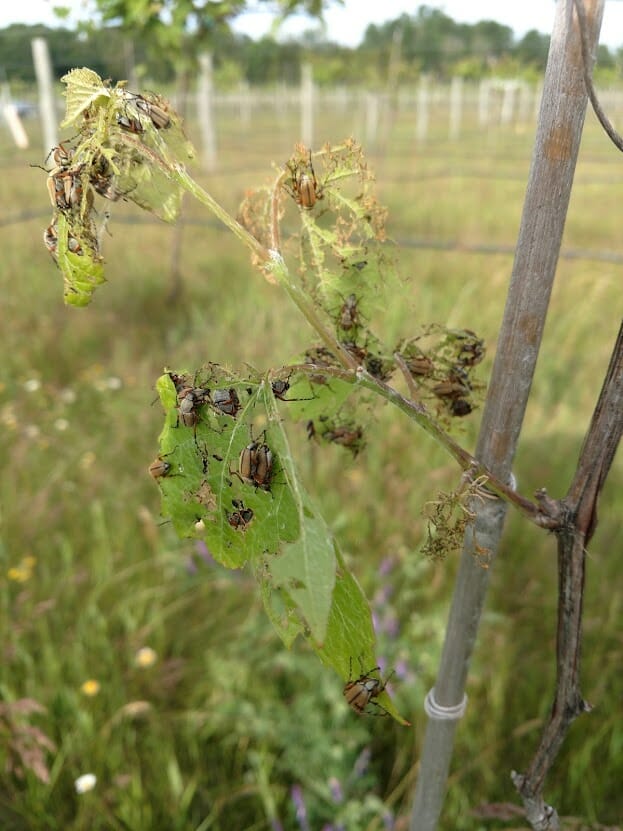
Another facet of haunted landscapes that I want to mention is the huge positive side of this concept. It’s true that, if we are attuned to the concept of haunted landscapes, we can see the harm that our favorite landscapes have suffered over the years. But we can also see the good that has been done since. Even the simple presence of the sheep leaves positive, encouraging hauntings around the grounds. When the sheep have been pastured in an area for a few days, you can clearly see they were there, the trampled grasses and the absence of their favorite plants sure evidence that they, for a moment, manipulated the landscape to their needs. Their progress is stamped on the landscape, and if you look closely, you can see their droppings and the pieces of unchewed plants they leave behind to improve the landscape and help the soil regenerate. By the alchemy of sheep, grasses and clover are transformed into organic matter that enhances the soil, thereby nourishing plants, which in turn nourish us. It’s easy to see the work the sheep do for the ecosystem, because it is visible wherever their hooves have trodden down the long grasses.
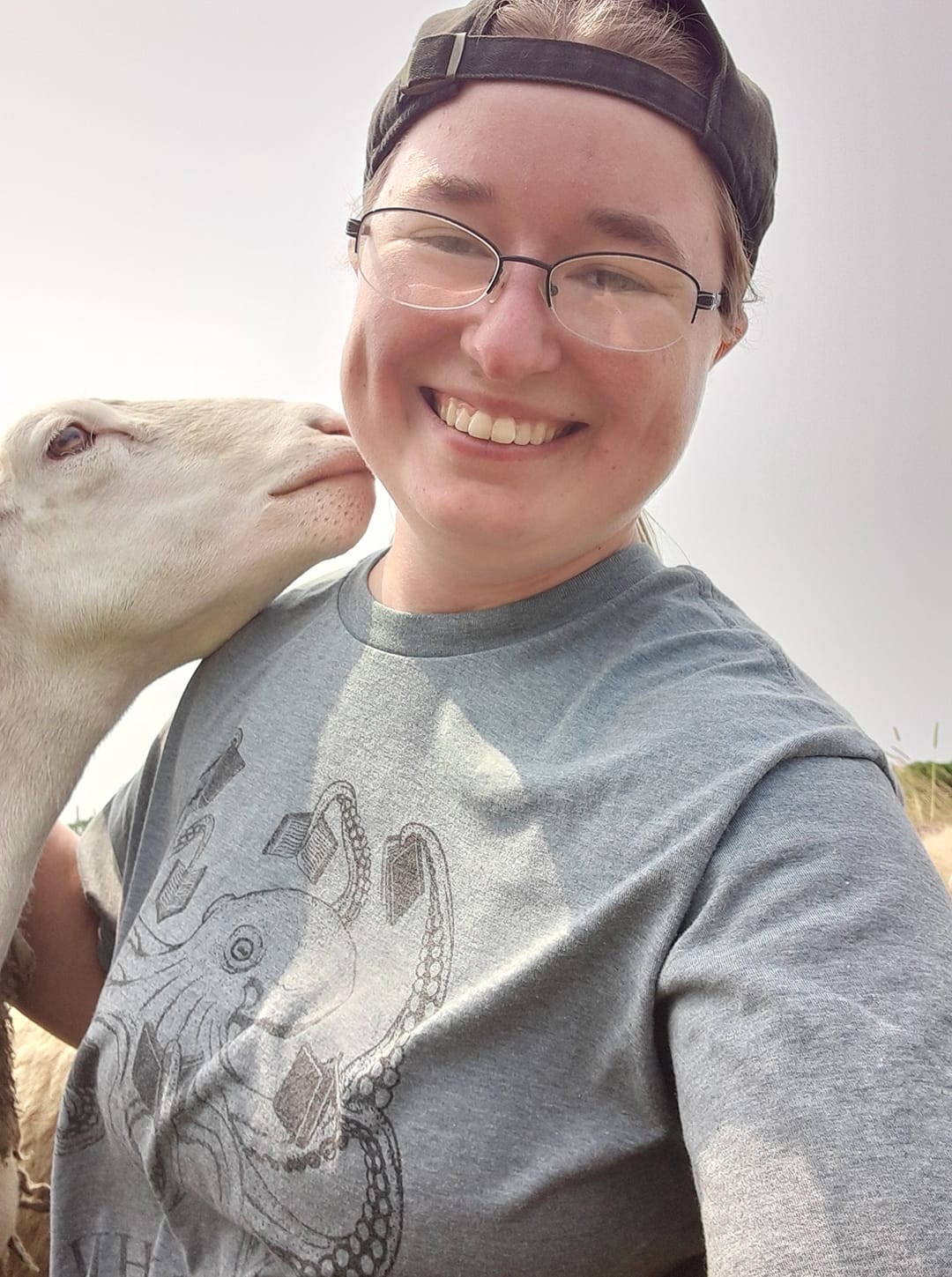
The sheep, therefore, provide their own hauntings, visible ghosts of their important presence on the grounds. This proves that “hauntings” of landscape can be positive, visual evidence of improvement, even as they lay bare the damages of the past. At Gathering Ground, there are hauntings of both kinds, and as sustainable management continually improves the soil and the trees get taller, there will be more and more physically visible changes, “ghosts” that “haunt” the landscape not for negative reasons, but to show us where we’ve been, and also where the future may take us. Although the word “haunted” comes loaded with associations of ghost stories and fear, I challenge you, the reader, to take up the call of haunted landscapes and haunt them further – but haunt them positively, slowly, with clear intention to repair past damages. This can only bring us closer to the land that sustains us, and this closeness is vital to our engagement with our environment. We, as humans, do not exist in our own bubbles, but constantly affect the world around us. Let’s try to change it for the better.

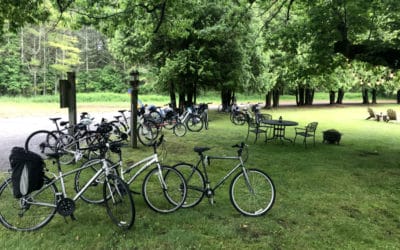
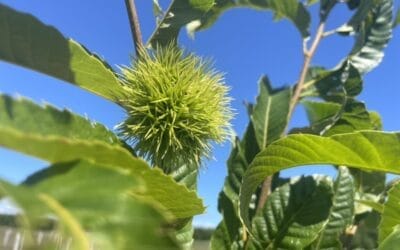
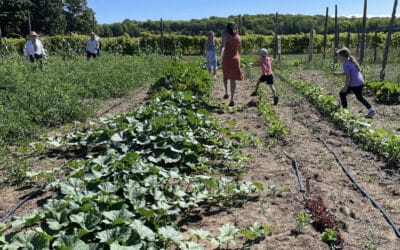
0 Comments